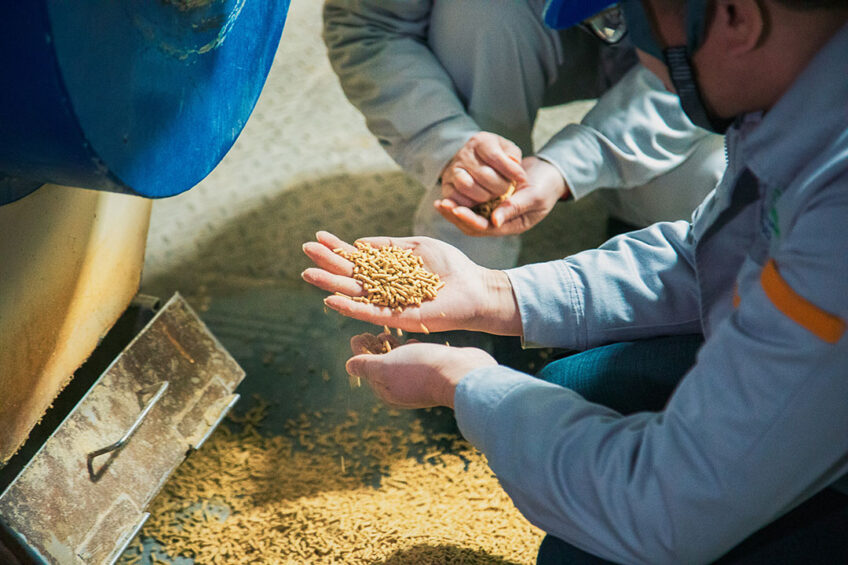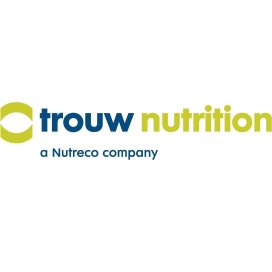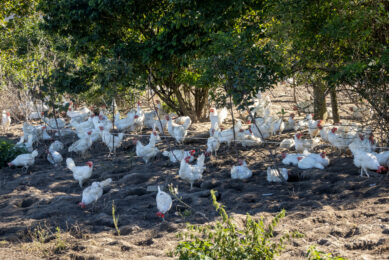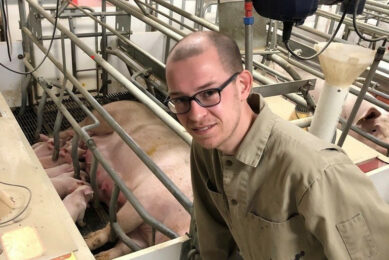3 efficient quality fixes in the feed mill

Feed mills can implement steps to help ensure a timely review of materials and establish an understanding of the elements included in a feed. Here are 3 efficient quality fixes to make sure that animals get the best diets possible.
The use of multiple ingredients and by-products in animal feed has allowed diets to be formulated to meet specific nutritional needs while remaining cost-effective and flexible in the face of volatile markets. However, such formulation flexibility has also made feed potentially more susceptible to changes in quality, especially for ingredients that face additional processing in other industries.1 Some alternative ingredients also vary in nutritional profile and fibre level. Additionally, a few raw materials, such as dried distillers’ grains and wheat hulls, can even see concentrations of unwanted elements, such as mycotoxins, compared to what the original corn or wheat ingredients would have carried2. Changing suppliers or using new ingredients can add to the time, labour and management oversight needed to integrate the element into a feed. This can result in additional work for the feed mill and reduced efficiency. As the use of a variety of ingredients remains an important option for nutritionists, feed formulators and feed mills, assessing ingredients is essential. Feed mills can implement steps to help ensure a timely review of materials and establish an understanding of the elements included in a feed.
 Know what you are buying
Know what you are buying
When it comes to buying feed ingredients cheap and cost-effective are not always the same thing. An ingredient can be cheap but not cost-effective if it is damaged, such as being over-heated during oil removal, nutritionally poor or contaminated with unwanted elements such as mycotoxins. There are ways to improve knowledge about a feed ingredient to make the best use of it. These include using correct sampling procedures and running a quick and accurate nutritional analysis, such as using NIR or other mobile testing tools. These practices have a faster turnaround than sending samples to a lab for analysis but still provide details regarding aspects such as a material’s nutritional value or mycotoxin contamination.
Knowing the exact nutritional value, ingredient quality and fibre content is a pre-requisite for generating a precise diet. Without this information it could be easy to over-formulate, which adds cost, wastes nutrients, and could potentially harm the environment. Or diets could be lacking in required elements leading to delayed growth or reduced livestock health. The frequency and type of assessment used can be tailored to the types of challenges expected or account for a feed mill’s buying practices. For example, if a feed ingredient is known to come from an area with a mycotoxin challenge, the sampling and analysis process might use a comparative assessment, which takes multiple samples from the same batch of an ingredient to provide a more comprehensive review. Facilities purchasing smaller batches of ingredients from multiple suppliers might be wise to test more often, potentially starting the analysis with a mobile testing system.
 Review quality outliers
Review quality outliers
Along with testing, it is important to determine what level of variation is acceptable or when changes in nutritional content, quality or contamination level mean a batch cannot be used (see the practical example of a large swine integrator in the box). Regular ingredient testing provides the data needed to start discussions with suppliers when ingredients fall below agreed quality. Feed management tools such as Trouw Nutrition’s MyNutriOpt portal can build an ingredient history, helping to create a basis for anticipating trends, tailoring purchasing practices and refining procurement policy, based on NIR analysis. This platform provides a way to evaluate if and how an ingredient batch deviates from an acceptable quality range, allowing for a fact-based discussion with suppliers. The feed mill team can access results, review the feed sample analyses and consider outlier information. Shared data allows efficient collaboration between different team members at the feed mill.
 Decide and act
Decide and act
Evaluating ingredients using analytical tools such as mobile NIR and mycotoxin testing can provide details about the feed or ingredients. These tools can report details such as the percentage of protein in a feed, or which specific mycotoxins within a feed have exceeded allowed thresholds. Beyond the data it is important to understand how the information can be applied. A nutritionist or feed advisor can provide more context regarding the results and suggest potential interventions. For example, the feed analysis can reveal how much protein is in the feed but not how much the animal receiving the ration needs. If additional adjustment is required, the advisor can suggest a supplement or the use of a binder and/or mitigation agent to address specific challenges. The ability to provide workable options built from the data can help achieve an optimised diet that is able to both meet the animal’s needs and address economic goals.
Conclusion
Regularly testing and checking feed ingredients helps ensure that diets are formulated with the correct nutrient levels and allows required reformulations or interventions to be applied more efficiently. Regular analysis of ingredients also provides a basis for discussions with suppliers when materials do not meet agreed quality standards. Establishing testing protocols and practices early creates a routine and improves assessment efficiency at the feed mill.
References 1-2 are available on request.






